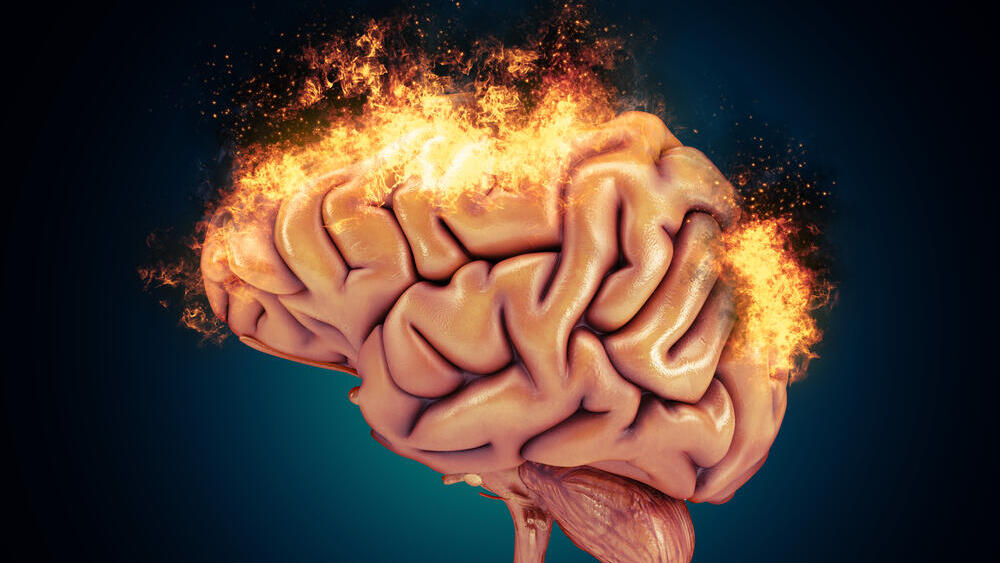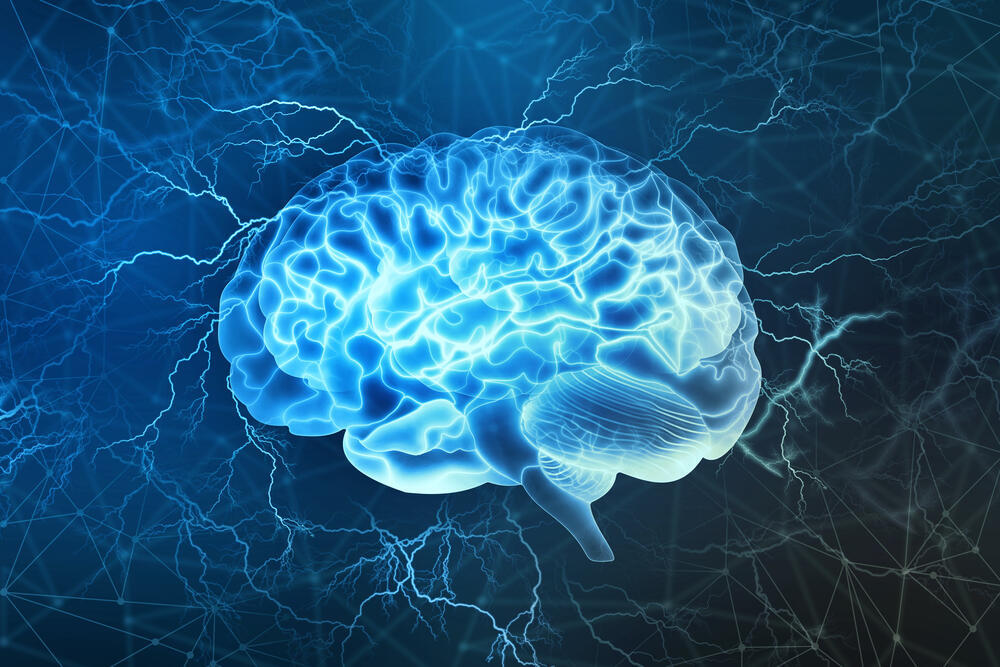Getting your Trinity Audio player ready...
A variety of frightening, shocking and dangerous events can cause trauma and alter people’s lives beyond recognition. Not every difficult experience leads to trauma, but in certain cases—which we cannot predict in advance—the experience is etched in memory, and this memory will resurface again and again with great intensity.
People who suffer from this are frequently diagnosed with post-traumatic stress disorder (PTSD). Without appropriate treatment the trauma may continue to persistently affect their lives and the lives of those around them, even many years after the initial event that caused it has subsided.
Among the symptoms experienced by individuals with PTSD are flashbacks, wherein the traumatic event feels as though it is recurring, alongside distressing thoughts, intense emotional reactions to memories, and nightmares.
A traumatic event uniquely shapes our future behavior, indicating that the brain processes these events differently. This raises questions: Is trauma processed by the brain in a unique way, or does it create a typical memory?
Memories of past events, known as incidental or episodic memories, enable us to recall events we have experienced, recall what we felt and saw at that time, and revisit these experiences in our mind. Episodic memories of events linked to personal experiences and to our self-awareness are known as autobiographical memories.
Memory requires the normal functioning of several brain regions. One of the most prominent among these is the hippocampus, which plays an important role in the formation of memories. Damage to the hippocampus may, among other things, impair our ability to form new memories.
It appears that the hippocampus is also affected by traumatic events. In people who have experienced trauma, hippocampal activity is synchronized with other brain regions in a way that reflects abnormal neural activity.
While extensive knowledge has accumulated over the years regarding the roles of the different brain structures in memory formation, it remains unclear whether these mechanisms facilitate the formation of traumatic memories in the same way as regular memories.
Unique trauma, unique memory
In a new study, researchers from Mount Sinai Hospital in New York explored this issue in an attempt to clarify how our brain functions when we recall a traumatic event, and whether this brain activity differs from the activity characterizing the brain when recalling negative or sad memories that aren’t traumatic.
Using functional magnetic resonance imaging (fMRI), the researchers examined the brain activity of 28 participants who had been diagnosed with post-traumatic stress disorder (PTSD). This type of scan enables monitoring of blood consumption by the brain and allows analyzing the activity of different brain regions during tasks.
Before the experiment, participants recounted events from their past, including traumatic experiences. During the experiment they listened to a researcher read their own stories back to them, slightly modified to limit word count.
The memories were categorized into three types: calming, sad and traumatic. Initially the researchers analyzed the semantic similarity between the words used in participants' narratives. This involved measuring how frequently certain words in English co-occur, reflecting their relative similarity. Following this, they examined brain activity as participants listened to their own memories.
As anticipated, higher semantic similarity between sad memories corresponded with more similar hippocampal activity between participants. But this was not the case with traumatic memories. Semantic similarity between different participants' traumatic memories did not predict similar brain activity. Unlike in the case of regular memories, the traumatic event triggered hippocampal brain activity that was unique to each individual.
Seeking an additional way to demonstrate that traumatic memories uniquely activate the brain, the researchers employed a mathematical model to analyze the recorded brain activity, and tested whether the computer could distinguish between the different memories. The computer was indeed able to distinguish between memories of traumatic events and memories of sad events with 66% accuracy. When required to distinguish between traumatic memories and calming memories, it achieved 80% accuracy.
The researchers showed that traumatic memories trigger distinct brain activity compared to non-traumatic memories. This response is personal and unique to each individual, highlighting the deep impact of the trauma.
The uniqueness of trauma
For those who have experienced trauma and suffer from post-traumatic stress disorder, the experience is unique and markedly different from regular memories. Often, the memory of the trauma attacks them and evokes very strong emotions. Such an experience can disconnect a person from their surroundings and affect their behavior in a way that they cannot always control. Consistent with this divergence, the current study shows us that the triggered brain activity is indeed unique when the trauma is revisited.
However, it’s still unclear why the brain’s representation of this type of memory differs from the representation that characterizes regular memories. The researchers proposed several possible explanations which may help us in the future to better distinguish between a regular memory and a traumatic memory.
One possibility is that the difference results from the richness of specific details that characterizes a traumatic memory. In other words, exceptionally detailed traumatic memories may undergo unique processing in our brain. Alternatively the trauma may be perceived not as a memory but rather as a timeless experience, persisting as an ever-present internal sensation, such that individuals with PTSD may continue to relive moments from the traumatic memory in the present.
The study had a significant limitation: it included a small sample size and must thus be repeated with a larger number of subjects to confirm its findings. Follow-up studies will need to examine the brain activity of people who have not experienced trauma, or of people who have experienced trauma and subsequently suffered from post-traumatic stress disorder but have improved following therapy and now experience fewer symptoms of the disorder.
If traumatic memories become less unique as the patients’ well-being improves, therapists may be able to better define the psychological and neurological indicators associated with recovery, and better assess therapy efficacy.





